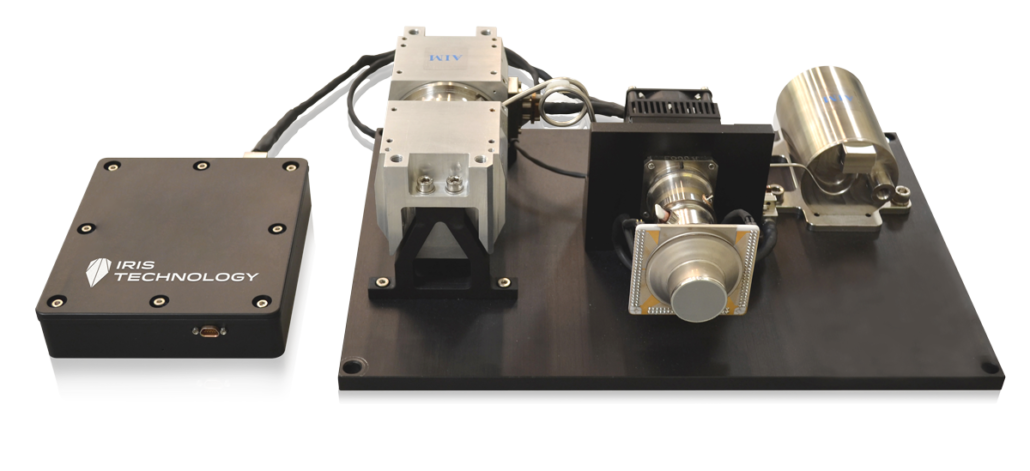Low Cost Control Electronics
(LCCE & Second Generation LCCE-2)
The Low-Cost Control Electronics (LCCE) is a radiation-hard, space qualified set of control electronics developed under AFRL and NASA SBIRs, initially designed to drive microsatellites space-based cryocooler systems supporting thermal imaging systems. The LCCE has two motor drives and temperature sensors, and is cooler agnostic, allowing it to be integrated with cryocoolers from multiple manufacturers.
In addition to basic cryocooler control functionality, the LCCE-2 adds an input ripple filter (IRF) and vibration control. The IRF reduces noise perturbation to the input power bus, reducing conducted emissions. The vibration control provides 5-harmonic vibration analysis between the accelerometer or force transducer and the compressor, adjusting the voltage and providing image stabilization.
The LCCE and LCCE-2 were specifically designed to support a wide range of linear cryocoolers, from various manufacturers, at the nominal output power point of 100 W. The LCCE and LCCE-2 are designed to tolerate radiation levels up to 100 krad. The LCCE accepts a DC input voltage from 22 to 35 V and provides power conversion at 90% efficiency at rated power, while the LCCE-2 provides the same input voltage range at 85% efficiency at rated power. The LCCE-2 currently accepts a vibration signal from an Endevco 7703A-1000 accelerometer, and the input circuitry is easily adjustable to accept other accelerometer outputs.
The Iris Technology LCCE and LCCE-2 both represent FPGA based general purpose, radiation hardened platforms for the control of a variety of device types such as motors, actuators, solar power / battery charging systems, and optical bench thermal stabilization.
Features
100 W of output power at your fingertips
Cooler agnostic, applicable to other devices

